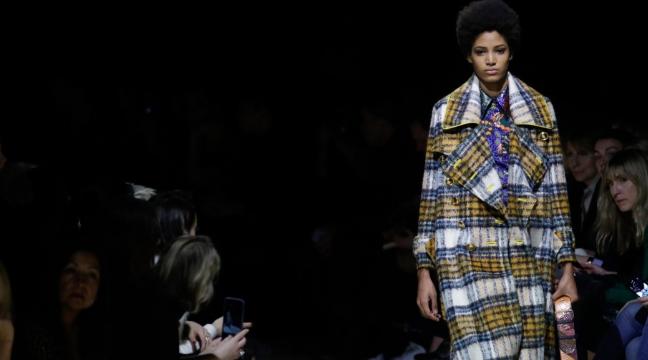Historically, fashion shows were put in place to set the tone of the upcoming season. Buyers, press and consumers looked on as the extravagant designs would trickle down onto the high street, losing a hint of eccentricity but gaining that all important dose of practicality.
But that could all be about to change. The idea of the style ‘season’ – dictated by the fashion weeks and runways – is fast becoming outdated in an era where Instagram is a daily catwalk.
Social media is steadily pushing us into a culture of immediate gratification, consumers are no longer interested in waiting for the slow trickle down from runway to high street, and with the innumerable selfies, blogs and #ootd posts, the fashion industry just can’t keep up.
Some luxury brands are trying to get on board with the digital age. Burberry’s chief creative and chief executive officer, Christopher Bailey, announced plans to ignore the seasons. Instead, the brand will have two annual shows, after which the collections will be immediately available.

Source: QueenieWedding
While this no doubt caters for the modern customer, it’s a huge deviation from the traditional model of fashion consumption.
Burberry’s latest collection shown at London Fashion Week (Daniel Leal-Olivas/PA)
It’s not only the consumer side that’s undergoing an online reinvention. The fashion weeks themselves are being dragged, kicking and screaming, into the digital age. Kanye West’s opening of New York Fashion Week was watched by a staggering 20 million people via live stream, while London Fashion Week shows are apparently broadcast to 60 outdoor locations around the UK.
By exhibiting to a wider audience, the fashion weeks are forgoing their exclusivity. The “don’t you wish you were here” appeal is lost, because everybody is there. An estimated 35 million people will have watched the LFW shows by the end of the event, and none of them will have had to wait for an invite.
Almost at the exact same time as Burberry, menswear brand Ada + Nik went seasonless. As for the reasons why, not every country has the same yearly calendar.
One of the brand’s designers Nik Thakkar said: “We’ve made the brand trans-seasonal. The British winter is the Australian summer – we can’t be putting out a global brand without being inclusive.”
The fact that Ada + Nik did the same thing at the same time as Burberry isn’t a coincidence.
“The timing was natural,” Thakkar said. “The industry is going through a seismic shift, so the decision was proactive, not reactive.”
In terms of the growing trend toward immediacy – or the #IWWIWWIWI (I want what I want when I want it) culture, as it’s now been dubbed.
Thakkar said: “The fashion industry is crashing, but style will always remain.”
Read more: beach wedding dresses
He believes that people can showcase their personal style through social media, without having to wait for the industry to give its verdict on what’s ‘in’.
“Our biggest moments are when we have a runway show or unveil a product. It makes sense to be able to sell something on that day,” he added.
The downside to the influx of social media? Narcissism. Although platforms such as Instagram show off a much more varied take on style, they also encourage what Thakkar calls The Kylie Jenner Complex.
Fashion becomes less about expression and more about numbers. The people with most “likes” are the most successful, but not necessarily the most authentic. Essentially, it’s a popularity contest, and this phenomenon could stifle the creative minds whose selfies aren’t quite on point.









